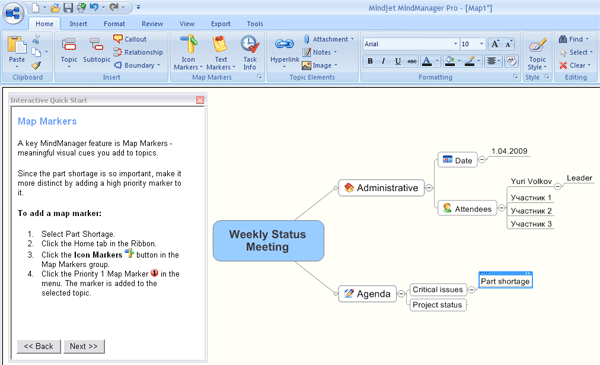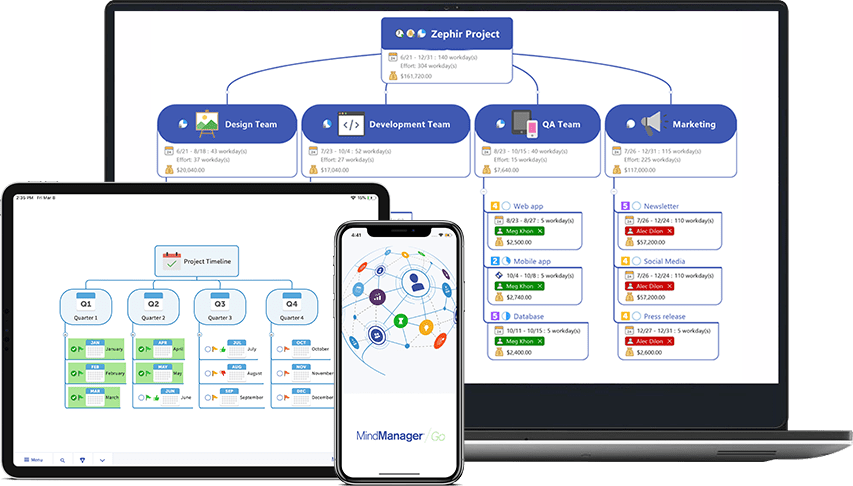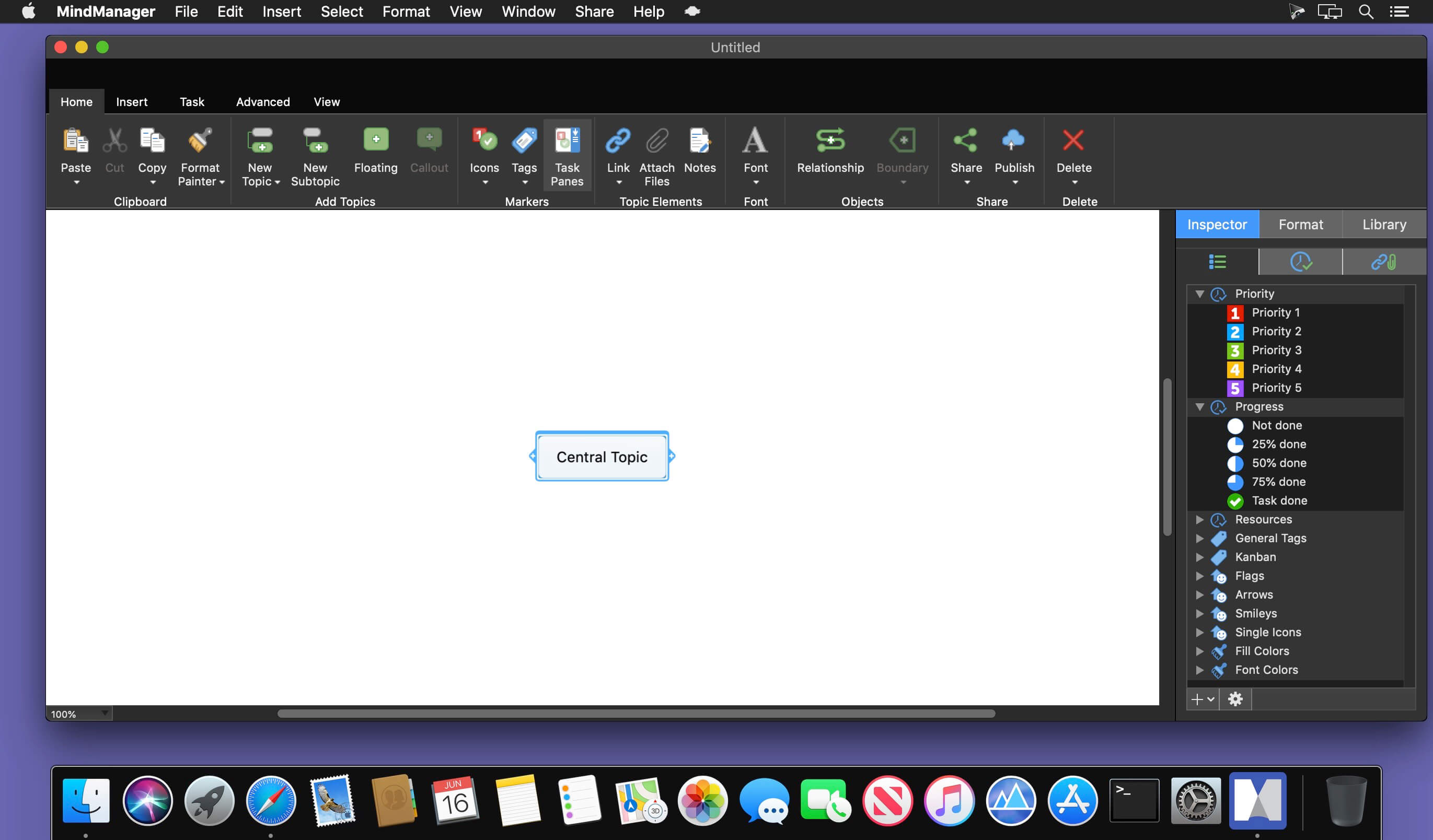

is an excellent piece of software, but it is designed for individual use. I don't think there is any best way to use a notebook.Ī wiki is great, but I find that in order to get the most out of it, it has to be a common wiki used by everyone on the team or in the department. Part of the beauty of this solution is that your notebook can be as organized or as chaotic as suits your style. Blog (to keep a journal of your growth as a developer)įor day-to-day notes, reminders, and sketches, I still haven't found anything as good as an old-fashioned pen & paper notebook.Wiki (for internal documentation within your team or department).Dedicated Bug-Tracking App (because it's too important to not be its own thing).


INSERT TIMESTAMP IN MINDJET MINDMANAGER WINDOWS
If you're a heavy Windows user, OneNote integrates with every other MS Office application. You can share your notes on a network share, over the Internet as well as from within SharePoint or just keep them private on your own PC. " thread might have more ideas over time.
INSERT TIMESTAMP IN MINDJET MINDMANAGER CODE
You get a searchable database of your code snippets, plus perhaps people will comment on your code and suggest improvements. UPDATE: If you don't really want to run your own site, or a blog is too much of a time investment, another option is to start posting on for brainstorming and such, but I'm not sure that they're that valuable for long-term note taking/storage. Also, consider that having your notes on a host (with regular back ups) will ensure that they survive you dropping your laptop down a flight of concrete stairs, and that they will be available even when you're away from your primary working machine. There are also combination blog/wiki systems, ranging from This way, not only you benefit, but so do others who may have the same problem. Perhaps others could add their ideas and techniques here as well? I know I'd appreciate hearing them! I'm sure I've left out some of my other ideas and techniques. These sorts of notes across projects are fairly rare. Sometimes I backlink that notebook as well, say in Alpha pg 23 a note 'Very helpful for proj Beta pg 7!'. I also never hesitate to refer to other project notebooks, noting them with 'See proj. 13' so I don't have to go flipping around for that information again. Reference: If I flip back to look at something, I consider jotting down 'see pg. Also, I try to make these revision notes in a different color ink, or written at a different angle, or make them in some other way obviously not part of the old information. Review and Redact: If I've written out a few ideas of directions to go, and later I decide on one of them, I make sure to go back to the original list of ideas and add notes specifically, I'll hilight the chosen solution somehow (underline, circle, etc.), and add a reference to the new page where I wrote down why I chose this solution. And I often find my best ideas turn up just below one of these lines - that is, after I've thought for a while and come up with something. It's helpful to see the gaps of time in working out ideas. Top of each page: Project name, Page number, and Date I started writing on this page.ĭaily: Draw a line across the page, and write the current date (and sometimes the time) down before adding more notes. UPDATE: I'm extremely gratified at the response of my peers to this simple answer, and so I thought perhaps I should elaborate on my methods.įirst off, I find the typical Moleskine notebooks to be too small, and they tend to be expensive. This lets me revisit my thought process in addition to the solutions I found - and that tends to be more enlightening than merely recording a solution. Scribbling on paper lets me record partial thoughts instead of doing a 'finished' write-up. I find it very helpful to grab a notebook off my shelf and re-read my maunderings from when I was thinking my way through something. One notebook per project, typically, unless they're really small projects, in which case I reach for a partially used notebook and add to it. Preferably small ones (4圆 or 5x8, not 8.5x11), permanently bound (spiral bound, book binding, etc.).


 0 kommentar(er)
0 kommentar(er)
